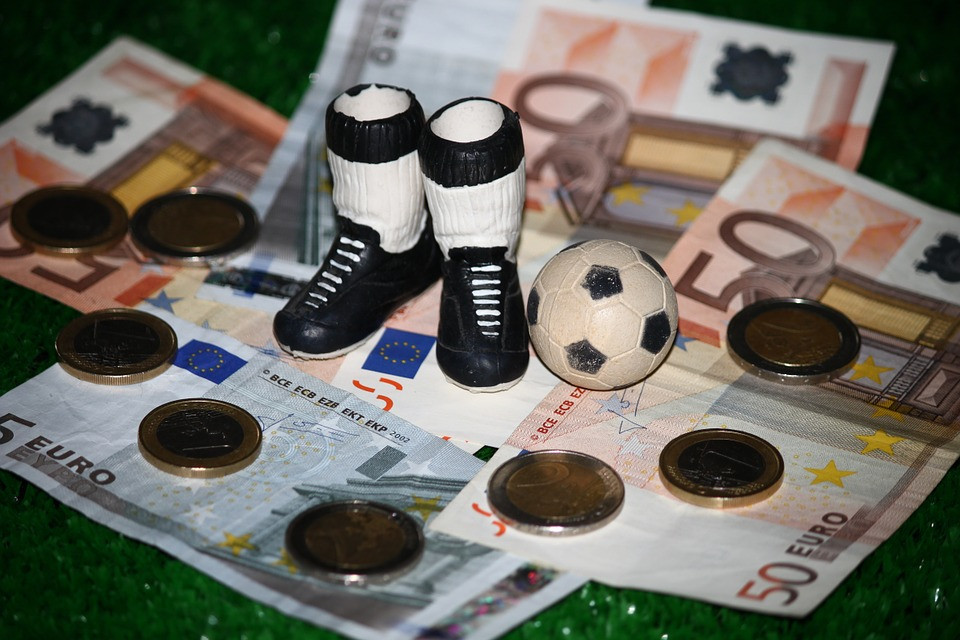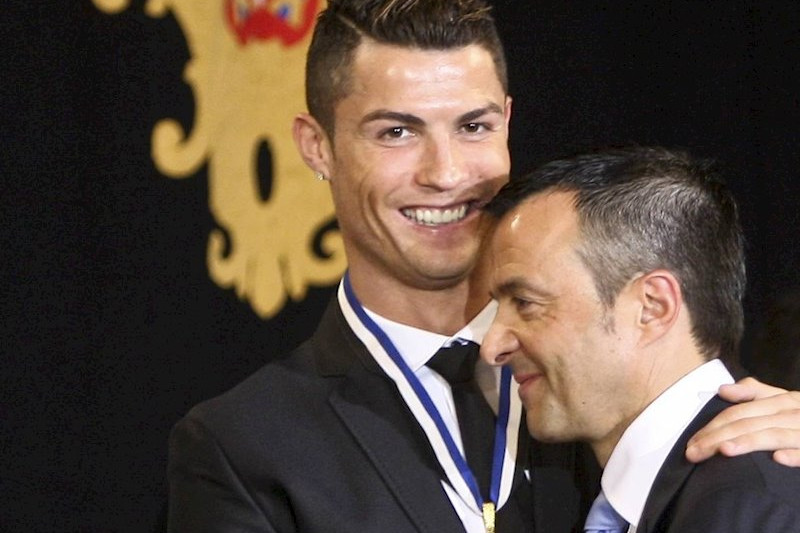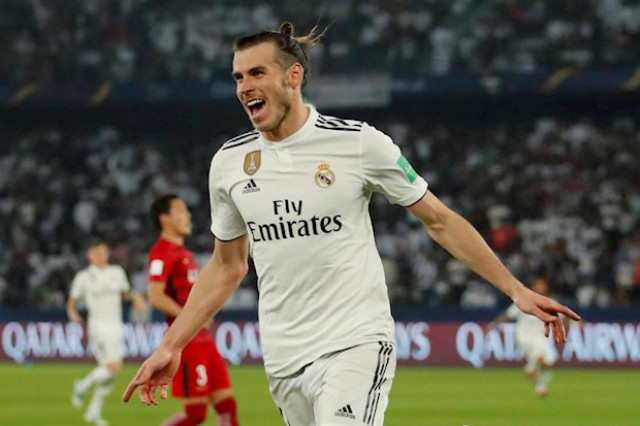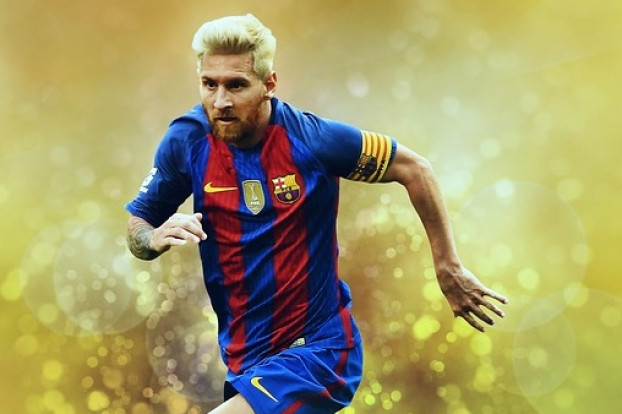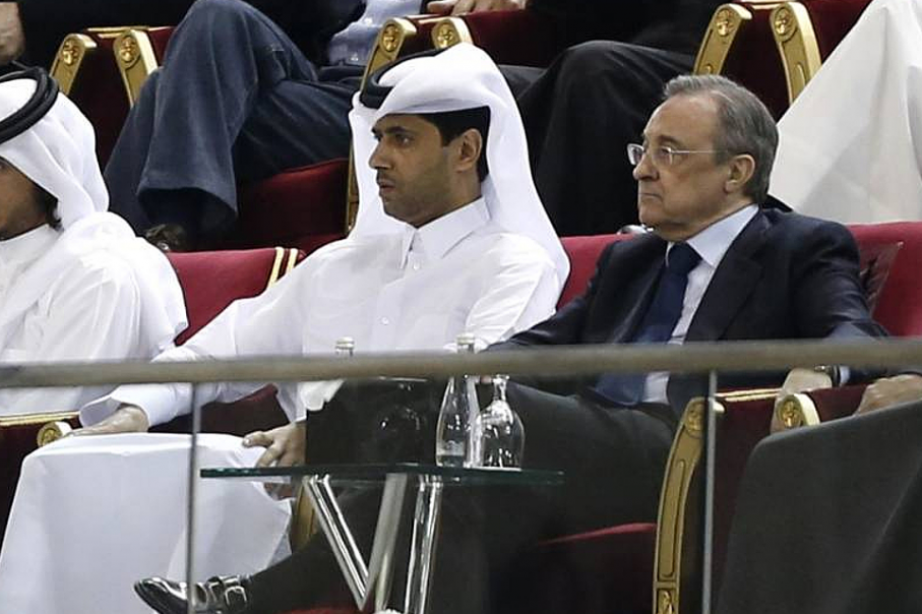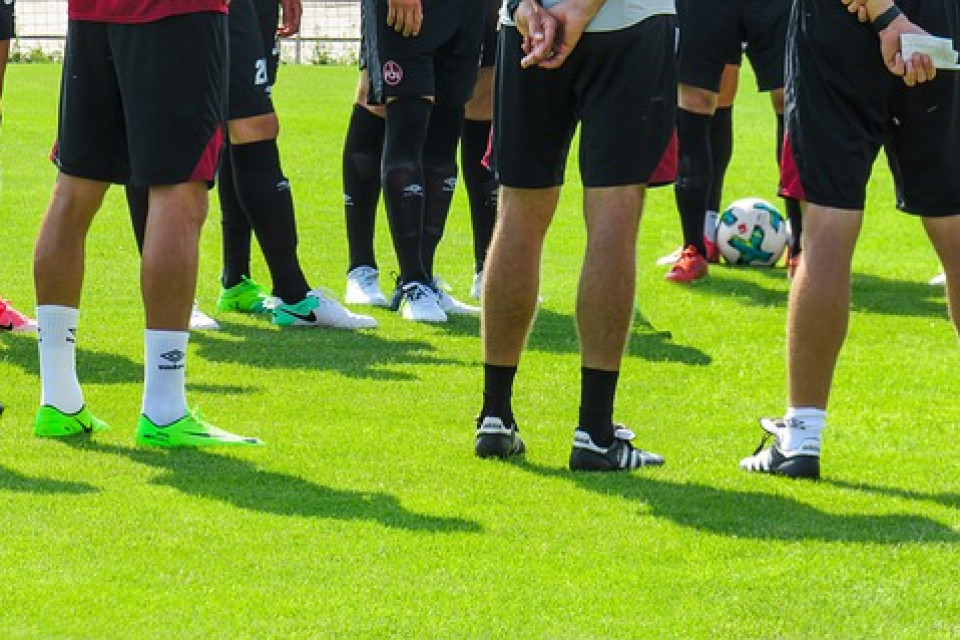Professional football, like all professional sports in the world, has become a show of the first magnitude, and because of this, a business that generates significant movements of money. Football understood exclusively as a sport has long been left behind, particularly from the moment when live television broadcasting of matches emerged with such unusual force.
The same is true of the football clubs business model, and also for the organizers of the main competitions both nationally and abroad. Football captures the interest, not only of spectators, but also of companies and even entire nations. One and all have seen how the football phenomenon showcase keeps growing in the media. The investments made promise good returns and much greater than those derived from traditional promotional campaigns and conventional publicity.
The case of the UEFA Champions League is an example and role model. UEFA organizes national team and club competitions while regulating the conditions of participation of the different stakeholders (clubs, players, managers, sponsors, judges and referees). The UEFA Champions League (the name that replaces the European clubs cup), was reinvented in the 1992-93 season. This led to an increase in the number of clubs competing for the highest European award (once reserved for national league champions only), which allowed it to broaden its reach, increasing and spreading its media presence throughout the year. It established new symbols (logo, anthem) and monopolized the presence of official sponsors in all events related to the competition, both outside and inside the grounds. This model has been imitated by almost all European leagues, particularly by the most prominent clubs. The result of all this, apart from the problems derived from the coexistence between European competitions and national leagues, is that all and clubs are relatively similar and leagues are held in parallel.
The principal economic outcome was that the accounts of the UEFA and many leagues and clubs took an upward leap of considerable magnitude.
The turnover of the major football clubs has not stopped its march to growth in the last two decades. According to Deloitte's annual report, European football exceeded 25,000 million Euros in total turnover. The five major leagues (the big five: Premier League, Bundesliga, La Liga, Serie A and Ligue 1 in, respectively, England, Germany, Spain, Italy and France) take the biggest slices of this appetizing cake. In virtually all cases, there is a growing imbalance between the economic and sporting results of the most powerful clubs compared to the modest ones.
In the last 15 years, the accumulated income of the 20 most powerful clubs (the Top 20) has tripled, which corresponds an accumulated growth at a rate of approximately 7.5% per year.
If we analyze the causes of this sustained increase, we can perceive that the emergence of television and sponsorship are the main factors responsible for this state of affairs. Indeed, the income of the leading clubs and leagues has undergone, from the economic point of view, significant changes in its composition. Taking as reference the normal grouping of the income structure, we can highlight some interesting signals. Revenues are usually presented by grouping the items into three broad categories: match day (income from ticket sales), broadcast (income from the sale of club television rights) and merchandising. In some cases (when it comes to clubs that are engaged in training players and then transferring them), a fourth is added to this classification that reflects the net balance from the sale of players. So then, the relative share of income from the sale of the game broadcasting rights has gained ground at the expense of the other sources.
The most recent figures indicate that the sale of television rights accounts for 43% of the total income of the 20 clubs with the highest turnover in the world.
The marketing of clothing, footwear and products associated with the club brand is around 40%, while ticketing currently accounts for only 17% of the turnover of large teams. If we analyze this in the 5 major leagues the result is similar. In just 10 years, television rights have gone from being a third of the total revenues to being half, at the expense of revenues from ticket sales, with figures that are similar to the group of the twenty most important clubs as a whole.
What were the triggers of this increase in importance of the televised games? There are at least three elements involved. First, football has ceased to be the king of sports and the most frequently-watched show in only Europe and Latin America, to now be a global phenomenon. What is of particular relevance is that Football arouses a growing interest in new segments everywhere, but above all, in the Asian countries that have now become major consumers of all that European football means and stands for (especially, though not exclusively) and its foremost sports figures. The marketing departments of the leading clubs and leagues are currently focused on obtaining succulent contracts for European football competitions to be played anywhere in the world. Matches scheduled in the morning and many teams touring China, Japan and the USA are some of the strategies to increase revenue from the sale of television rights. In the same way, sponsorships with a particular territorial focus allow simultaneous support of similar product brands (such as telephone operators and soft drinks brands) with the consequent increase in income. Another prominent indication in recent years is the contribution of sponsors to give the name of their brands to stadiums and competitions as the so-called naming rights. Examples of this case are La Liga Santader, Wanda Metropolitano, Etihad Stadium, among many others.
The second factor is the upwards spiral of success that all ambitious clubs aspire to. It has been proven, through much and varied empirical evidence, that investment in talent (players and managers) usually guarantees a better show and better results. These studies demonstrate that there is a strong positive correlation in the level of salaries that clubs pay to athletes with their team's results on the playing field, or in other words, the greater the investment in talent, the better the sporting result in the medium and long term. In addition, clubs and their big name players gain media presence and, in short, generate more and more consumption of emblematic products (mainly sports clothing and footwear but also all kinds of souvenir related to the figures of the footballers and/or their team). Because of all of this, the amount of money paid by clubs to secure the services of players and managers have also been rising over the past few years, and so have the salaries paid by clubs to the players. The figures may seem eye-popping but are usually comfortably within the club coffers' capabilities. The financial return derived from the sale of television and image rights of the club and its players potentially offset the investment made.
UEFA and the leagues have established financial control mechanisms so that club accounts do not end up in red ink.
The so-called financial fair play is applied with rigour, thoroughness and effectiveness, which even includes considering whether the level of income of the most prominent players, as in the case of artists and top executives, makes sense in relation to the salary of any other worker.
A third element to take into account is the profound changes that national teams and club competitions have undergone globally, and particularly so in Europe. The organization of the European Championship (European national team championship), the UEFA Champions League and the Europa League (the second European club competition) are clear examples of changes in the design and implementation competitions, as we indicated at the beginning. The unified sale of television rights, sponsorship agreements and an extensive and well-planned calendar by the organizers of these competitions has turned those competitions into money-making machines. A significant part of this income goes into prizes to the participants which means that 10% of European clubs' income comes from their involvement in the competitions organized by UEFA. The share-out favours the teams that go further in the competition. The Top 20 clubs receive 43% of the European football organization's prize money. By the way, this percentage presents a downward trend due to changes in the distribution criteria that UEFA have recently adopted to try to compensate for the inequalities between the large and the modest teams. Nevertheless, although the relative figure has decreased in absolute terms, it still represents a significant portion of many clubs' budgets.
To the extent that professional football continues to be an exciting and attractive spectacle, it is able to gain an increasing share of interest in a growing number of countries, attracting potential sponsors, and ensure that the upward trend observed in recent years continues to enjoy a good future projection.



